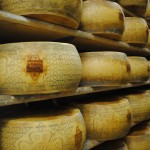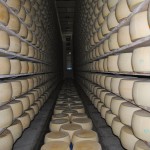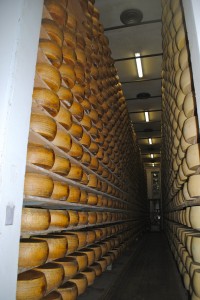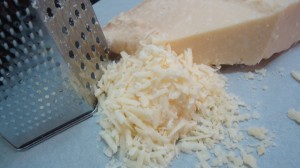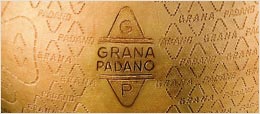
Driving through the gorgeous Brescian countryside on a magnificent May day, we arrived at Gardalatte in Lonato to see how Grana Padano cheese is produced. Grana Padano is a hard, semi fat, cow’s milk cheese with a rich, slightly salty taste and is one of Italy’s most produced and consumed cheeses.
Luigi, the head casaro or cheese maker gave us the latest in Italian fashion to wear-paper gowns, booties and hairnets…and the tour began.
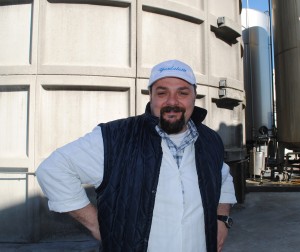
Specially raised & fed Friesian aka Holstein cows are milked twice a day and only from dairies authorized by the Grana Padano Protection Consortium.
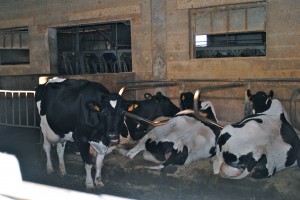
Next in line for milking!
The milk is heated in large copper kettles.
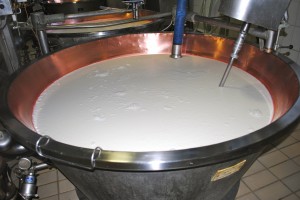
After the rennet is added, the milk is stirred until large, round balls of cheese are formed.
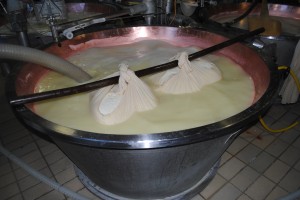
The cheese is put into plastic molds for one day and the linen lining is changed every six hours.
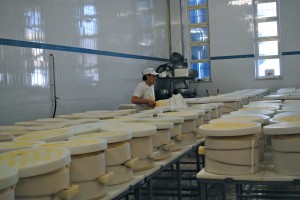
Every Grana Padano cheese is registered with a serial number that specifies where and when it was produced.
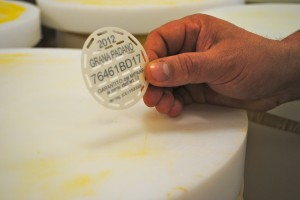

Grana Padano cheese is aged at least 9 months at which time a director of the Consortium arrives to taste and test the cheese to make sure it’s good enough to be called Grana Padano.
